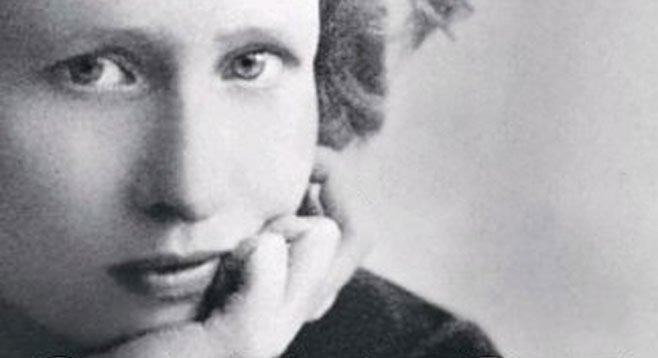 Facebook
Facebook
 X
X
 Instagram
Instagram
 TikTok
TikTok
 Youtube
Youtube

Edna St. Vincent Millay (1892–1950) was born in Rockland, Maine. She attended Vassar College and upon graduation moved to Greenwich Village. In 1917, she published Renascence and Other Poems; in 1920, A Few Figs from Thistles; and in 1921, Second April, from which this sonnet is taken. Two years later, in 1923, when she was just 31 years old, Millay published The Harp Weaver and Other Poems, which won the Pulitzer Prize. A master of rhymed, metrical forms and a superb sonneteer, Millay wrote a poetry that was at once witty, perceptive, passionate, and exquisitely wrought. Beautiful and bisexual, she had many lovers both before and during her marriage to Eugen Jan Boissevain. Millay’s brilliant achievements in strict form place her in the first ranks of 20th-century American poets; in a period when many of the high modernists are read only in university classrooms, Millay’s poetry remains widely read and admired.


Edna St. Vincent Millay (1892–1950) was born in Rockland, Maine. She attended Vassar College and upon graduation moved to Greenwich Village. In 1917, she published Renascence and Other Poems; in 1920, A Few Figs from Thistles; and in 1921, Second April, from which this sonnet is taken. Two years later, in 1923, when she was just 31 years old, Millay published The Harp Weaver and Other Poems, which won the Pulitzer Prize. A master of rhymed, metrical forms and a superb sonneteer, Millay wrote a poetry that was at once witty, perceptive, passionate, and exquisitely wrought. Beautiful and bisexual, she had many lovers both before and during her marriage to Eugen Jan Boissevain. Millay’s brilliant achievements in strict form place her in the first ranks of 20th-century American poets; in a period when many of the high modernists are read only in university classrooms, Millay’s poetry remains widely read and admired.